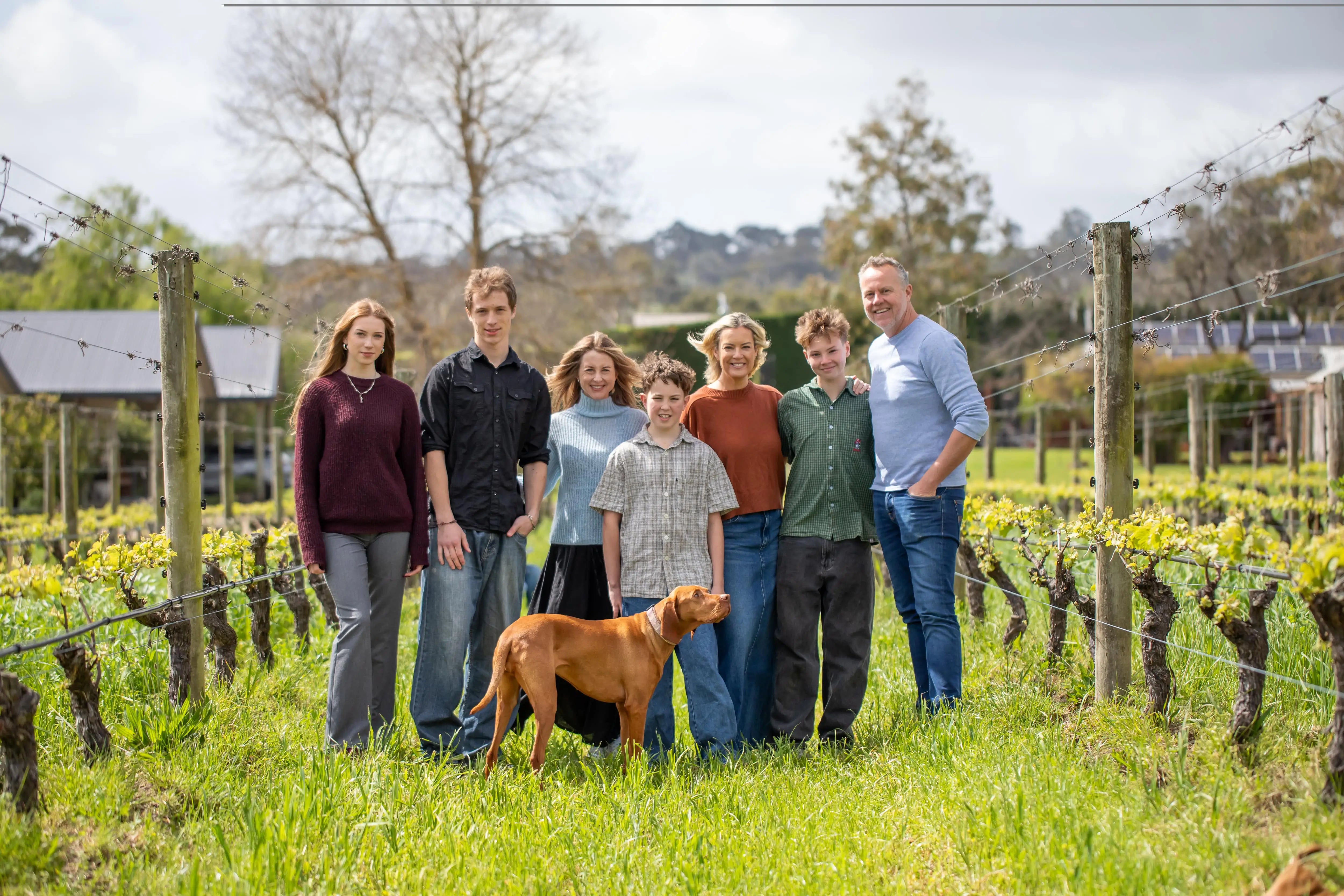
About Us
Discover premium wines sustainably grown, crafted and bottled with care.
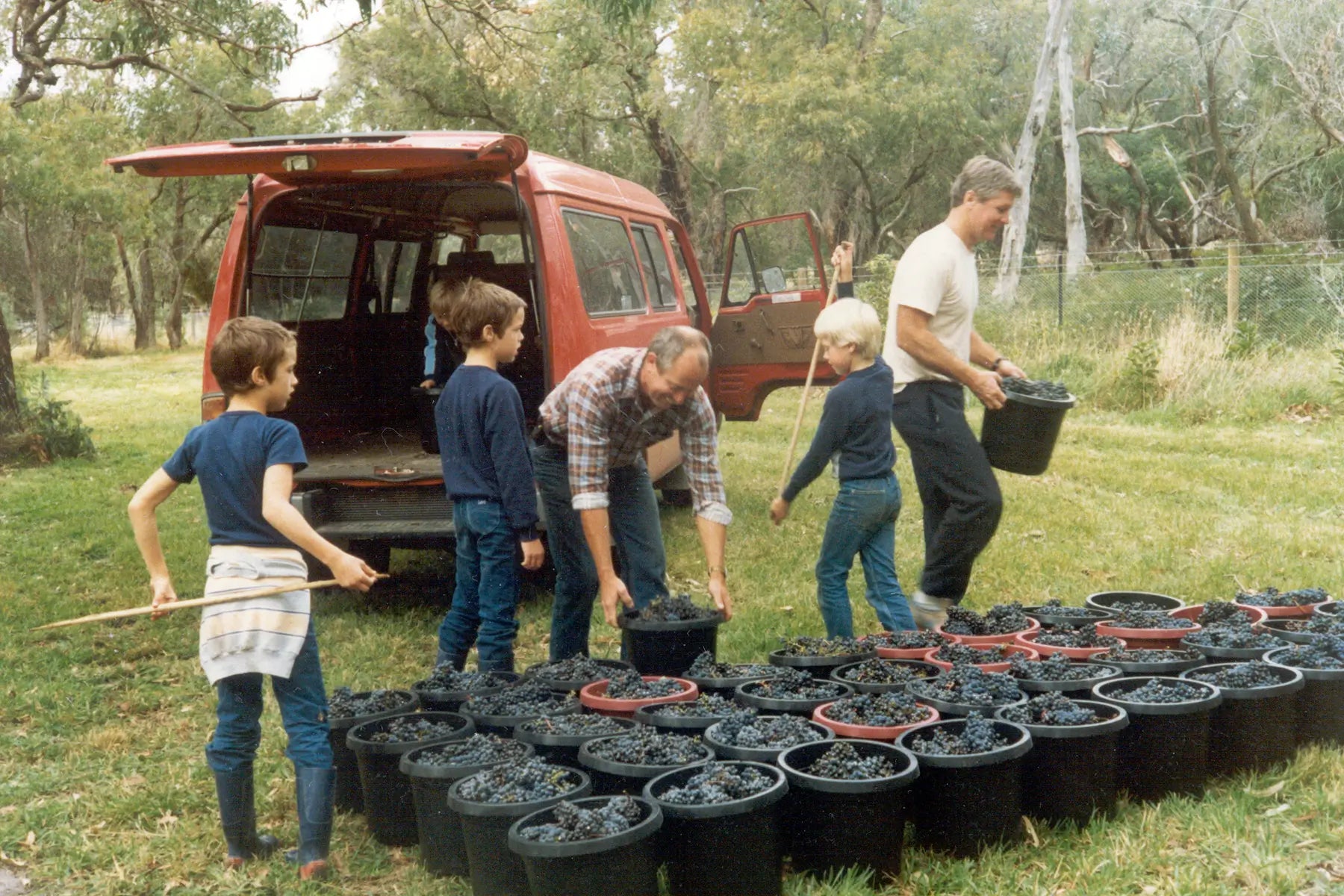
OUR STORY
From humble beginnings in 1982, Crittenden has grown into one of Mornington Peninsula’s most respected family-owned wineries. Guided by passion, innovation, and a deep love for the land, three generations have continued to shape a legacy of exceptional winemaking.
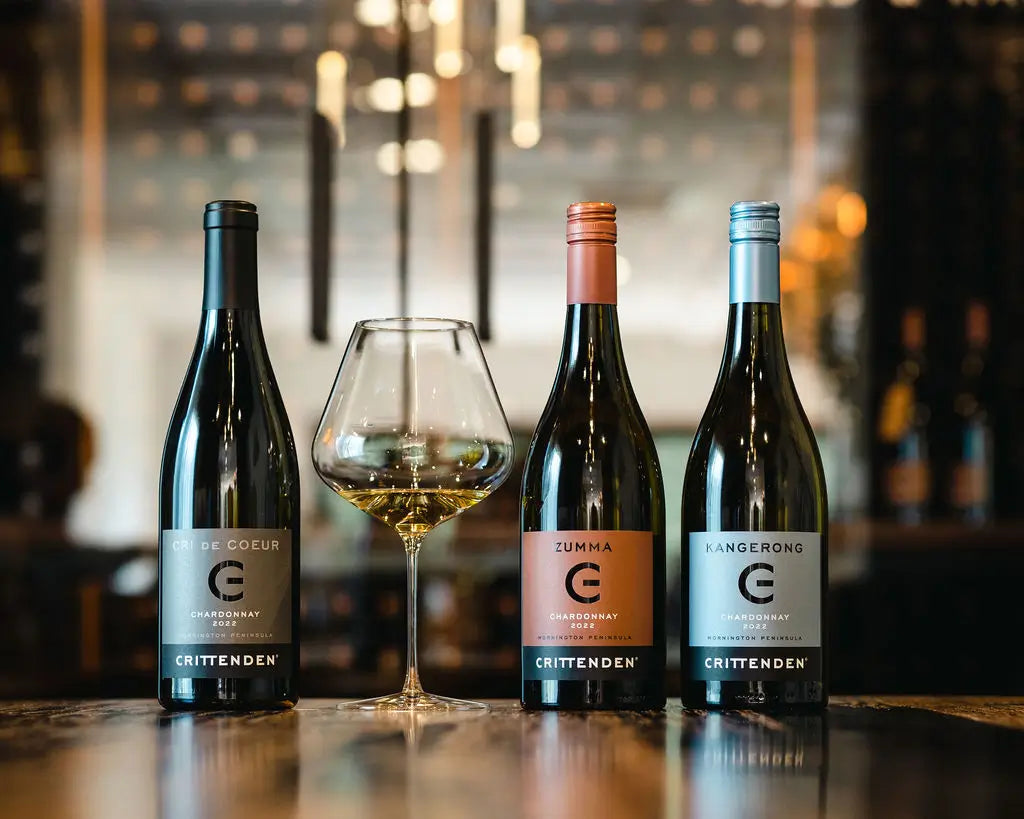
OUR Wines
Crafted with care and character, our wines reflect the unique terroirof the Mornington Peninsula. From elegant Pinot Noir to vibrant Chardonnay, each bottle is a true expression of place, vintage,and vision.
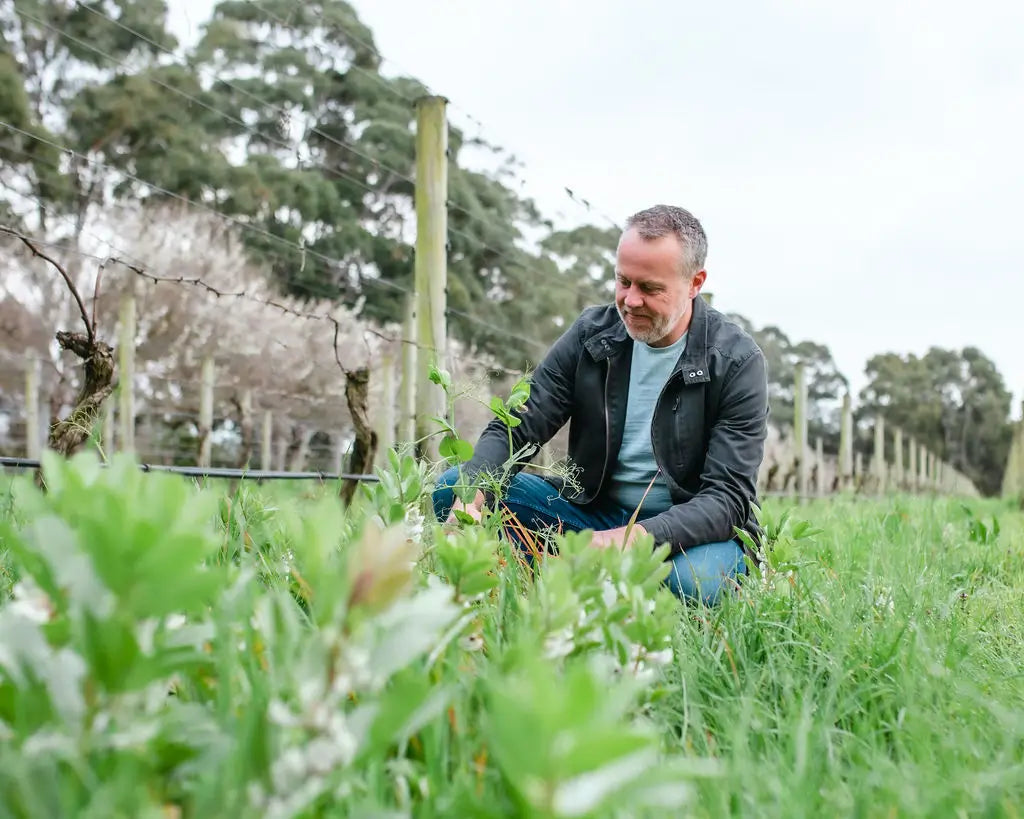
Sustainability
Sustainability is at the heart of everything we do. Through regenerative farming, water recycling and minimal intervention, we’re committed to leaving the land better than we found it for future generations to enjoy.
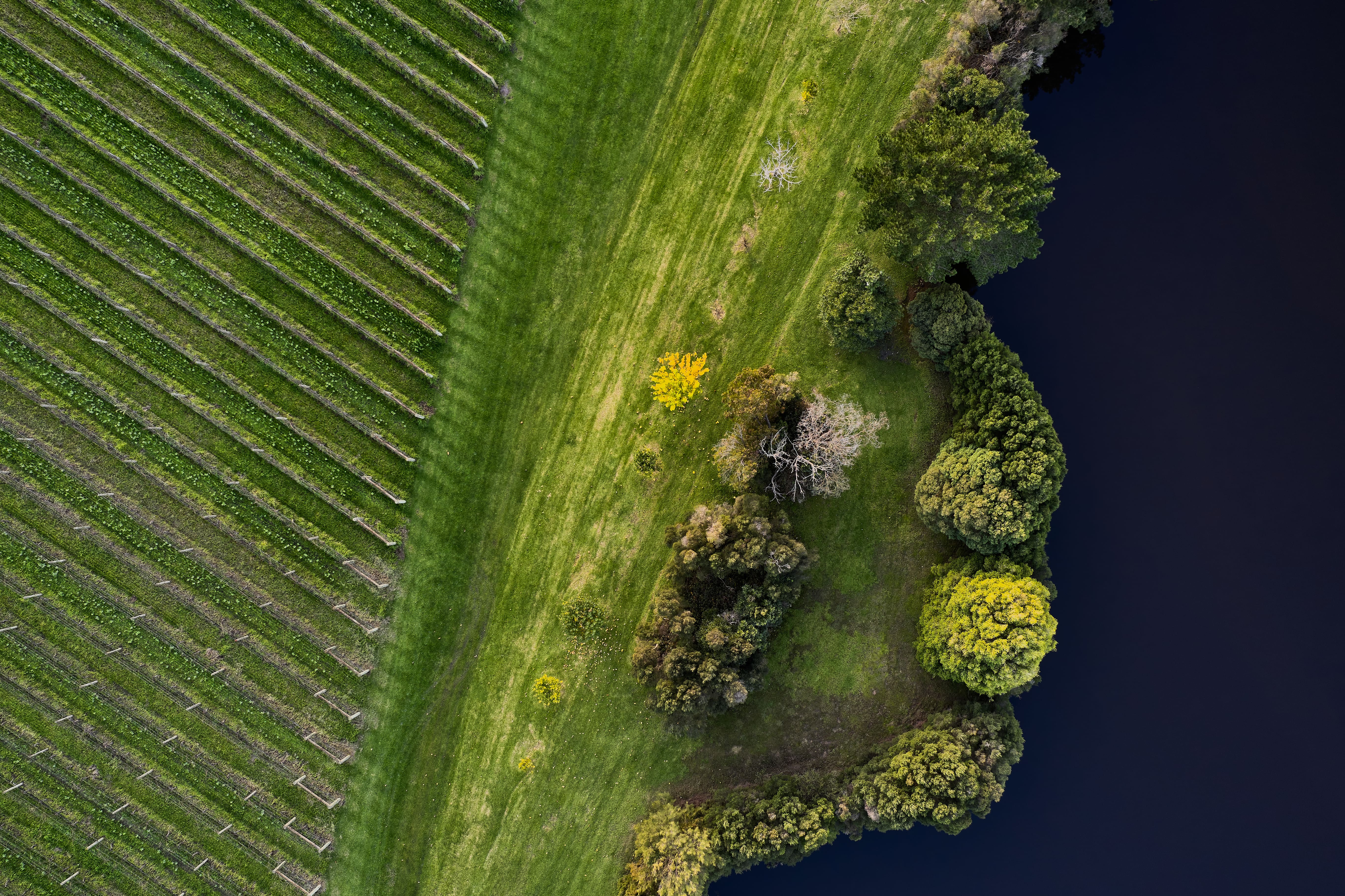
VINEYARD
Take a closer look at where it all begins. From sustainable growing practices to the changing seasons that shape each vintage, our vineyard is where passion meets the soil. Explore how we nurture our vines to bring you wines that reflect the character of our land.